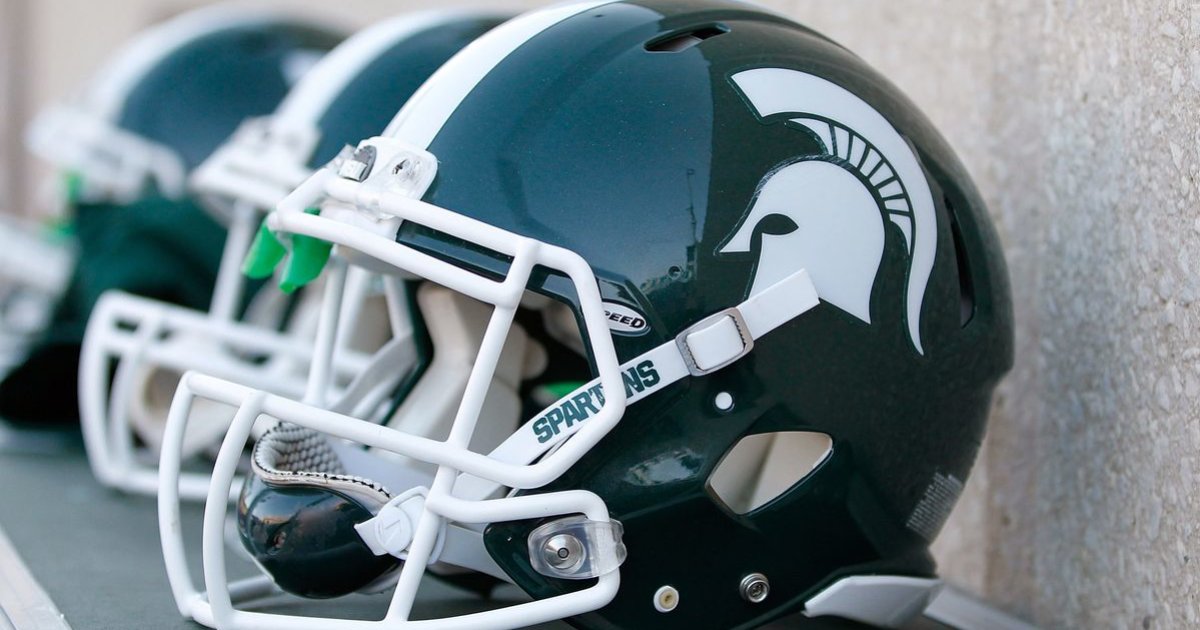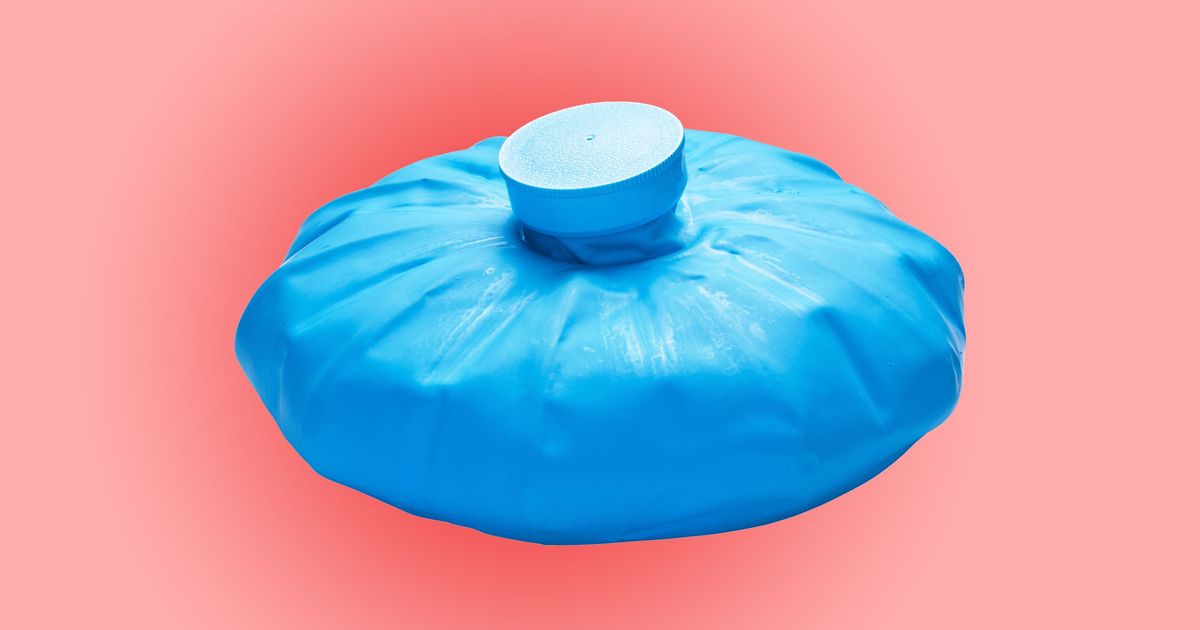Treatment And Prevention Options For Cauliflower Ear
The cartilage that makes up the human ear is vulnerable to damage via a direct blow or impact, by rubbing, or by a high piercing. If fluid pools in this area, the swelling may cut off blood flow to the cartilage and lead to permanent deformity of the ear or even hearing loss. Proper and immediate first aid applied to damaged tissue is critical, as is follow-up medical care. The sooner individuals act to treat the swelling, the lower the risk of cauliflower ear, an ear deformity due to trauma, becomes. Below are numerous steps to prevent and treat long-term damage caused by cauliflower ear.
Trauma Prevention

No matter the sport, proper headgear is crucial for successful trauma prevention and thus, the prevention of cauliflower ear. Parents supporting children during contact sports need to be aware investing in a properly fitting helmet is crucial, as cauliflower ear can be caused by a poorly fitting helmet rubbing against ear tissue as well.
Make sure any sports participant at risk of ear damage caused by a direct blow, such as baseball or football, has properly fitting headgear that doesn't rub excessively when they remove the helmet. Wrestlers in particular need proper headgear to reduce the risk of damage caused by rubbing or friction.
Immediately Ice The Area

Once an ear is injured, it will likely swell and may redden as well. This damage should be iced immediately. To properly ice any injury, make sure the area is protected from frostbite by wrapping an ice pack with a light towel or paper towel before placing it over the injury. Ice for fifteen minutes, then allow the injured area a break for ten to fifteen minutes or until feeling comes back to the skin. Continue this process for two hours.
Excessive icing time can lead to frostbite, thus it is crucial to monitor the icing process. Individuals should be aware the cartilage around the outer ear is at great risk for damage from frostbite when they ice the area. By leaving ice on too long, patients may actually do more damage by causing frostbite to the skin and soft tissue around the ear.
